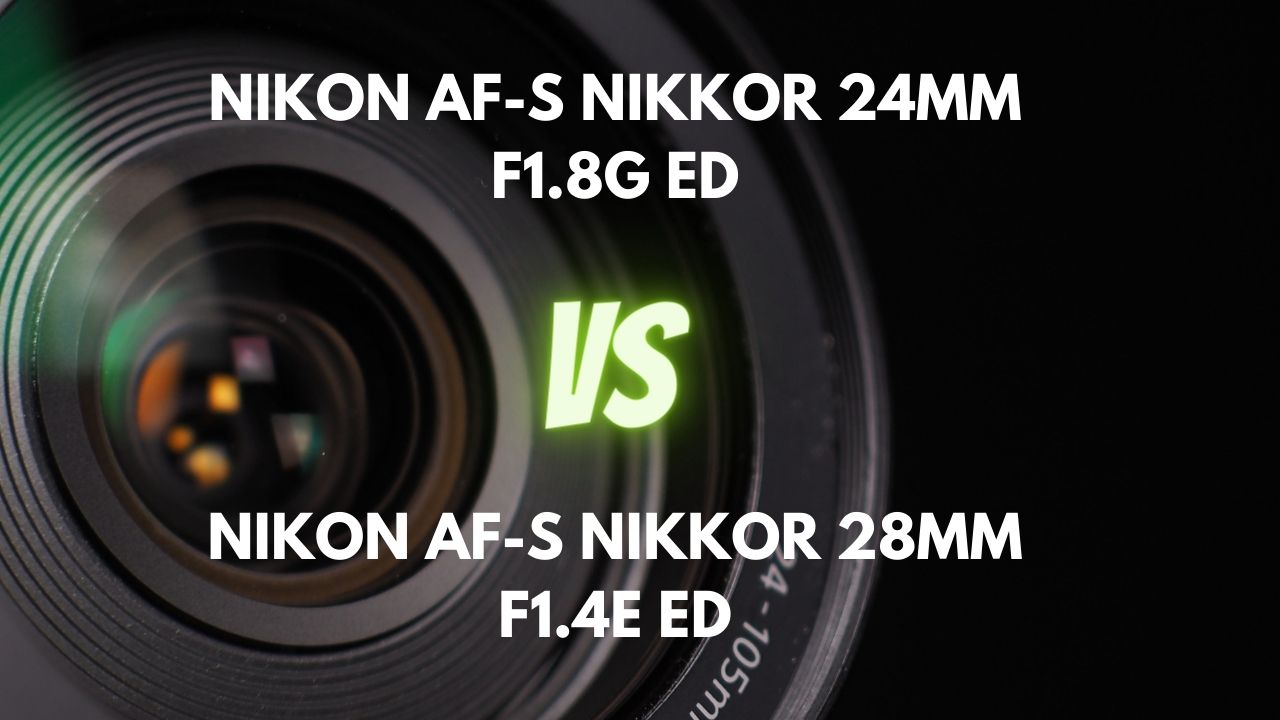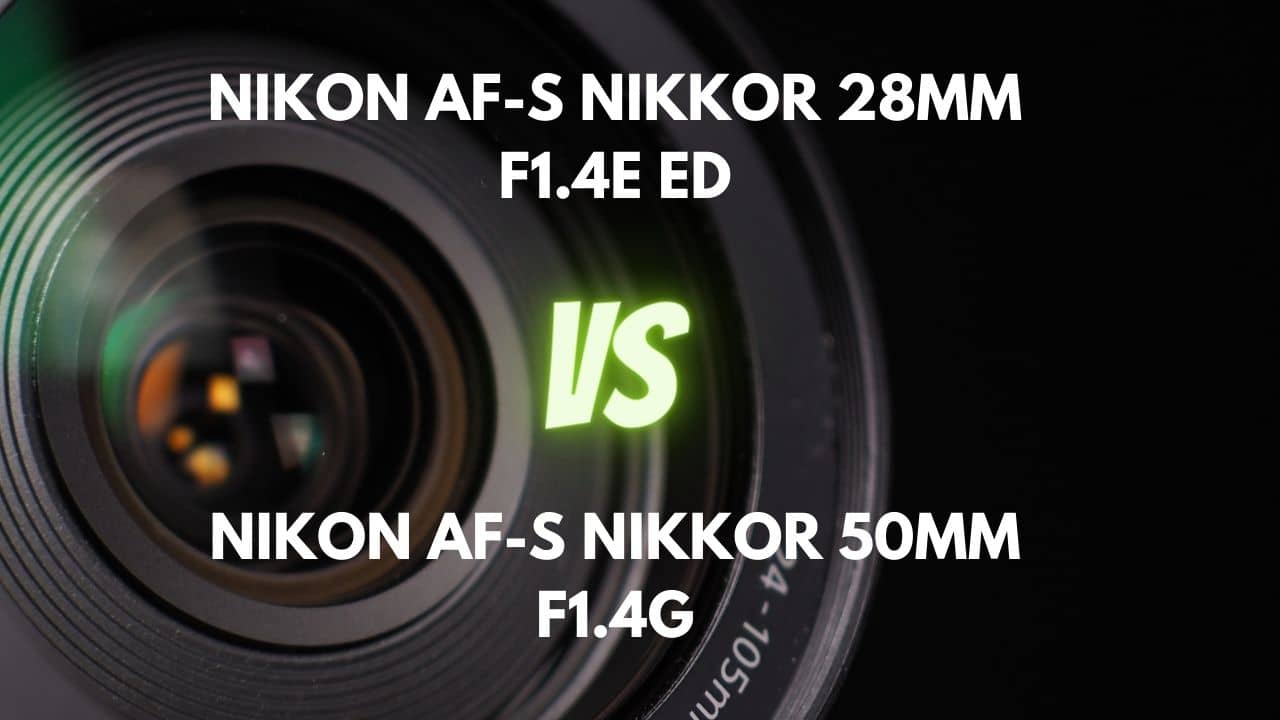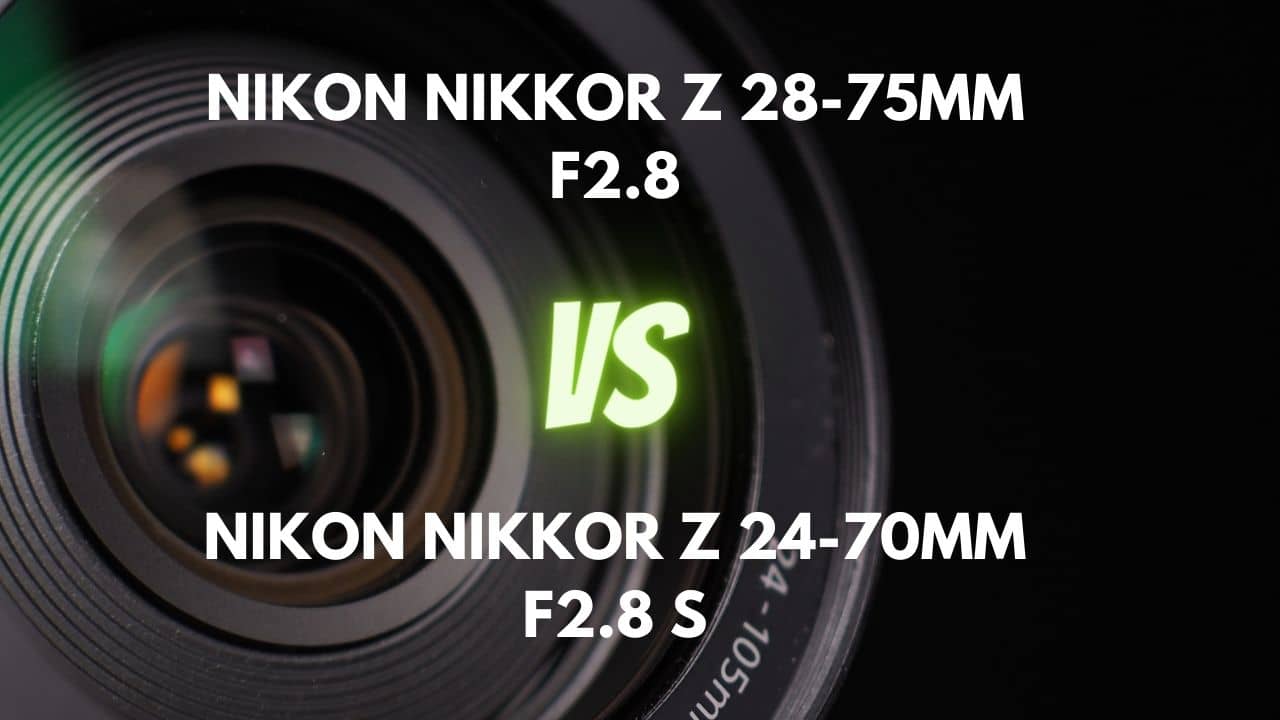The Nikon D850 is often labeled as one of the best DSLRs for wildlife photography. Not only is this powerhouse of a camera equipped with some of the best features a DSLR can have, but it is also sturdy and comes at a reasonable price.
However, as stunning as your pictures turn out using Nikon D850, using a lens to complement the camera will surely take your wildlife photographs to the next level.
The right wildlife lens hosting the optimum focal length range, image quality, and maximum aperture can produce amazing shots of animals in their habitat when combined with your Nikon D850.
That is why we have put together a list to highlight the best telephoto lenses for wildlife photography.
Why Is the Nikon D850 Good for Wildlife Photography?
As already discussed, the Nikon D850 stands out in wildlife photography because of its unique features, competitive price, and fantastic build quality.
D850has a state-of-the-art 45.4 MP image sensor that ensures your pictures turn out with the highest optical resolution.
The sensor of the Nikon D850 also enhances the quality of your photos, not only producing sharp images but also deepening the details, contrast, and color.
Apart from the technical specifications, the camera is fairly sturdy, allowing it to withstand pretty harsh conditions.
What Are the Best Wildlife Lenses for Nikon D850?
We have made abundantly clear that the Nikon D850 is an exceptional choice for wildlife photographers. Pairing up the telephoto lenses listed below with the DSLR will surely put your wildlife pictures on a very high pedestal. So, without further ado, let’s start our list!
Sigma 150-600mm f/5-6.3 DG OS HSM Contemporary
First, we have the Sigma 150-600mm, one of the best telephoto lenses in the market with its high-end features. With a focal length range of 150-600mm and a maximum aperture of f/5-6.3, this lens allows you to take pictures from a generous distance, singling out your subject with creamy bokeh.
This makes the lens great for capturing animal portrait shots, enriching the main subject, and condensing the background.
Here’s a list of features that we believe make this lens worth its money:
Economical Price
Of all the telephoto lenses on our list, this one comes with the most reasonable cost. A 150-600mm lens is expensive, but this Sigma lens wipes out all competition with an affordable price of just over $800.
Remarkable Image Stabilization System
The optical image stabilization system of 150-600mm plays a great part in ensuring your pictures aren’t a blurry mess.
Shooting at a smaller aperture, camera shake and vibrations are effectively reduced with the optical image stabilization technology in the lens. This makes it perfect for snapping sharp pictures of still objects, like a toucan resting on a perch.
However, remember that optical image stabilization plays no role when taking fast-moving shots. And in such cases, you’ll need to tweak the camera’s settings to get a fast shutter speed.
Lightweight and Durable Body Structure
Traveling from one place to another to get the perfect shot of the animal is already a tedious task. During this, you won’t want extra weight slowing you down. This is precisely why the Sigma 150-600mm, with its small and lightweight build quality, is perfect.
Although not fully weather sealed like the sports version, it has a seal around the lens mount providing decent protection for moderate weather conditions.
Pros
- Affordable price bracket
- Portable and lightweight build quality
- Effective optical image stabilization system
- Hyper Sonic Autofocus systems enable significantly quiet operation
Cons
- Evidence of chromatic aberration
- Frail focus ring, making it strenuous to focus manually
Nikon AF-S NIKKOR 200-500mm f/5.6E ED VR
Nikon has specifically introduced the 200-500mm lens for beginner and enthusiast wildlife photographers.
This lens produces amazingly crisp and sharp images with its constant maximum aperture of f/5.6 and super-telephoto zoom range.
Here is a list of factors that differentiate this lens from its competitors, making it stand out in the wildlife lens market:
Vibration Reduction
Since Nikon came out with their vibration reduction feature, the game of taking on-the-move photos has changed entirely.
The Nikon 200-500mm excels in capturing pictures even when shooting down 4.5 stops. This means that you can take photos at a shutter speed of almost 50 and still manage to get well-focused images.
Great Zoom Range with Constant Aperture
Combining a wide range of zoom capabilities and a constant aperture, this D850 lens is great for wildlife photography.
This lens’s vertical and horizontal portraits and candid closeups of wildlife come out pretty remarkable. Also, switching or transitioning from shooting vertically to horizontally is exceptionally smooth and easy for beginners.
Pros
- Pocket-friendly price bracket
- Effective vibration reduction
- Exceptional zoom range
- Perfect for beginners
Cons
- Lack of sharpness at the most extended end of the zoom range
- Does not have full-weather sealing
Nikon AF-S NIKKOR 500mm f/5.6E PF ED VR
No products found.
If you’re looking to single out your subject while maintaining vibrant colors, the 500mm prime lens from Nikon is all you need.
Using the 500mm with your Nikon D850 produces insanely crisp and sharp images in various settings.
It’s also fairly easy to clean smudges and dirt from the lens since the front meniscus is coated with fluorine. This makes it perfect for taking out into a wildlife setting without worrying about the lens’ condition.
Moreover, one other notable feature of the Nikon 500mm is the Phase Fresnel (PF) element used which successfully reduces chromatic aberration and ghost effect to an extent found to be unparalleled.
Here’s a list of all the noteworthy features we believe make this lens fit for wildlife photography:
Fast Autofocus
The Nikon 500mm has an ultra-fast autofocus system that allows the lens to sync perfectly with the camera shutter speed, maintaining the vibrancy of the pictures and the autofocus speed.
Beside the high autofocus speed, the autofocus performance and accuracy are also excellent. This makes the 500mm perfect for capturing birds and running animals without compromising on clarity.
Sharp Portraits
Due to a constant maximum aperture of f/5.6, the Nikon 500mm produces sensational bokeh in the 500mm zoom range. The creamy bokeh, coupled with the super-fast autofocus, makes your subject stand out even more from the background.
This comes in handy when you want to shoot animals without the distracting environment stealing the spotlight.
PF Lens Element
Even with great composition, having a photo with chromatic aberrations along the edges can completely ruin the whole image. To counteract this, Nikon built their Nikkor 500mm with the Phase Fresnel lens element.
This feature effectively compensates for any flaring and chromatic aberrations you might get while shooting at the 500mm focal length range.
Along with reducing color aberrations, the PF element lens has made this D850 lenscomparatively more lightweight than other full-frame lenses since it uses fewer elements.
While this doesn’t mean that the lens is light as a feather, it does make it significantly more convenient to carry around when shooting nature and trekking through rainforests.
Pros
- Ultra-fast autofocus systems
- Phase Fresnel element significantly reduces chromatic aberration and field curvature
- Super smooth bokeh
- Lightweight and durable
Cons
- Minimum focus limitation makes it difficult to shoot a subject nearer than 3m
- Fixed focal length range
Nikon AF-S NIKKOR 200-400mm f/4G ED VR II
The final telephoto lens on our list is the Nikon 200-400mm. This lens, with an optical zoom range and a minimum focusing distance of 2.0m, ensures outstandingly clear and sharp images.
Along with that, this lens has a maximum reproduction ratio of 0.27x with a full frame format, which, when combined with the D850, produces pretty high image quality in closeups.
Here is a list of features that make it great for wildlife photography:
Extremely Efficient SWM
This lens is equipped with Nikon’s Silent Wave Motor which enables high-speed autofocusing that is not only highly accurate but also surprisingly quiet.
This feature is imperative when you’ve been waiting the whole day for the perfect shot but end up scaring your subject with the sound of the lens.
Sharp Portraits
Featuring Nikon’s anti-reflective coating on the glass, the 200-400mm lens packs extra consistency and eliminates internal lens reflections in your photographs.
Flare produced due to light entering the lens is also significantly reduced while shooting in sunny environments.
The coating also aids in removing ghosting effects in your pictures, ensuring no sunlight can reflect inside the lens that create a weird light array in the photo.
Vibration Reduction
Vibration Reduction is a game-changing advancement in Nikon’s image stabilization technology. This significantly reduces camera shake and vibrations resulting in sharp images even in low light, which is essential when capturing wildlife.
The vibration reduction system on this telephoto zoom lens also aids when you’re capturing images 4 stops below or trying to shoot in windy outdoor conditions.
Pros
- Extra-low dispersion glass to reduce chromatic aberrations
- Manual as well as auto-focus mode with swift shifting
- Optimal low-light performance
Cons
- Premium price bracket
- Hefty body
Conclusion
While the Nikon D850 is an award-winning camera, its top-of-the-line features need to be paired with an equally great lens if you’re willing to shoot stunning wildlife photos. With that said, we hope our list of the best wildlife lenses helped you decide what to set up your D850 with!









